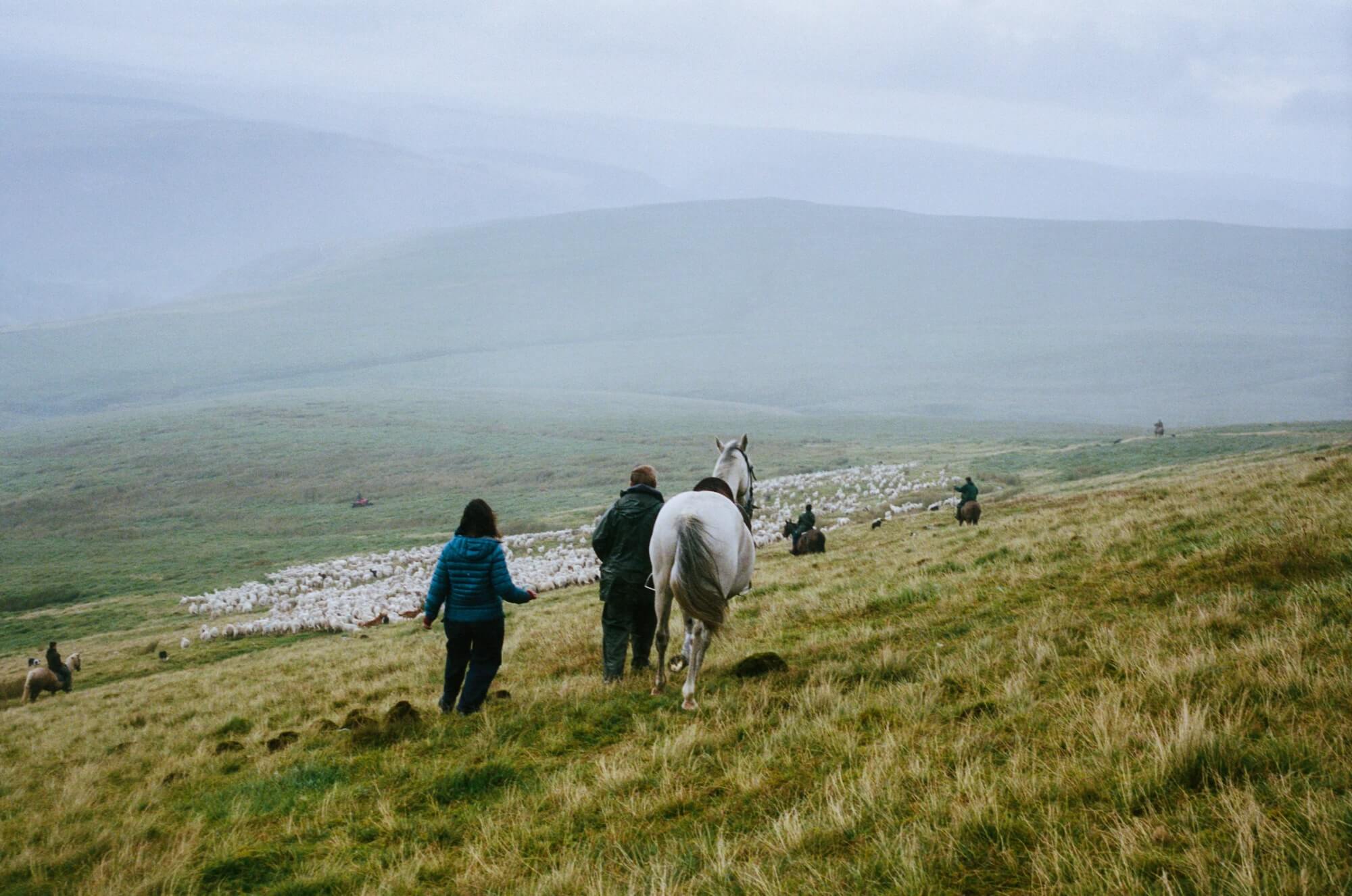
The contrast between city and rural life has rarely been as keenly observed than in Zillah Bowes’ Staying (Aros Mae). While its Cardiff-set scenes feel cool and clinical, the countryside opens up both the perspective of the film and the emotions of its central character – captivatingly embodied by Welsh actor and 9Bach singer Lisa Jên Brown – journeying to find a Border Collie in the wake of a break-up. At times approximating a western, the film uses the landscape in deep and evocative ways, even exploring the potential for romance to blossom. A definite highlight of this year’s online edition of the Encounters Film Festival where it’s screening until the end of the month, we speak to Bowes about her connection to the countryside, working handheld with veteran cinematographer Robbie Ryan and directing a working sheepdog in one of the starring roles.
This was inspired by seeing a real advert for a dog in Wales, right?
Before I was in the community where Staying is set, I had been living in the mountains in Southern Snowdonia, a bit further north. I had seen someone post a video of a dog for sale. It was a hill farmer. He’d obviously taken it early in the morning and his breath was misting in the valley. It was a large valley with just him, this dog and the sheep. It was so evocative and just took you straight into that moment. I thought it would be an interesting idea for a story.
How much time did you spend in this region of Wales?
I had actually gone there as an artist in residence to work on a photography project that was separate from the film. I was working as an artist in that capacity, based in the actual community and my closest neighbours over the hill were farmers. I started thinking about the film very early on, but I actually lived and stayed there on and off for about two years.
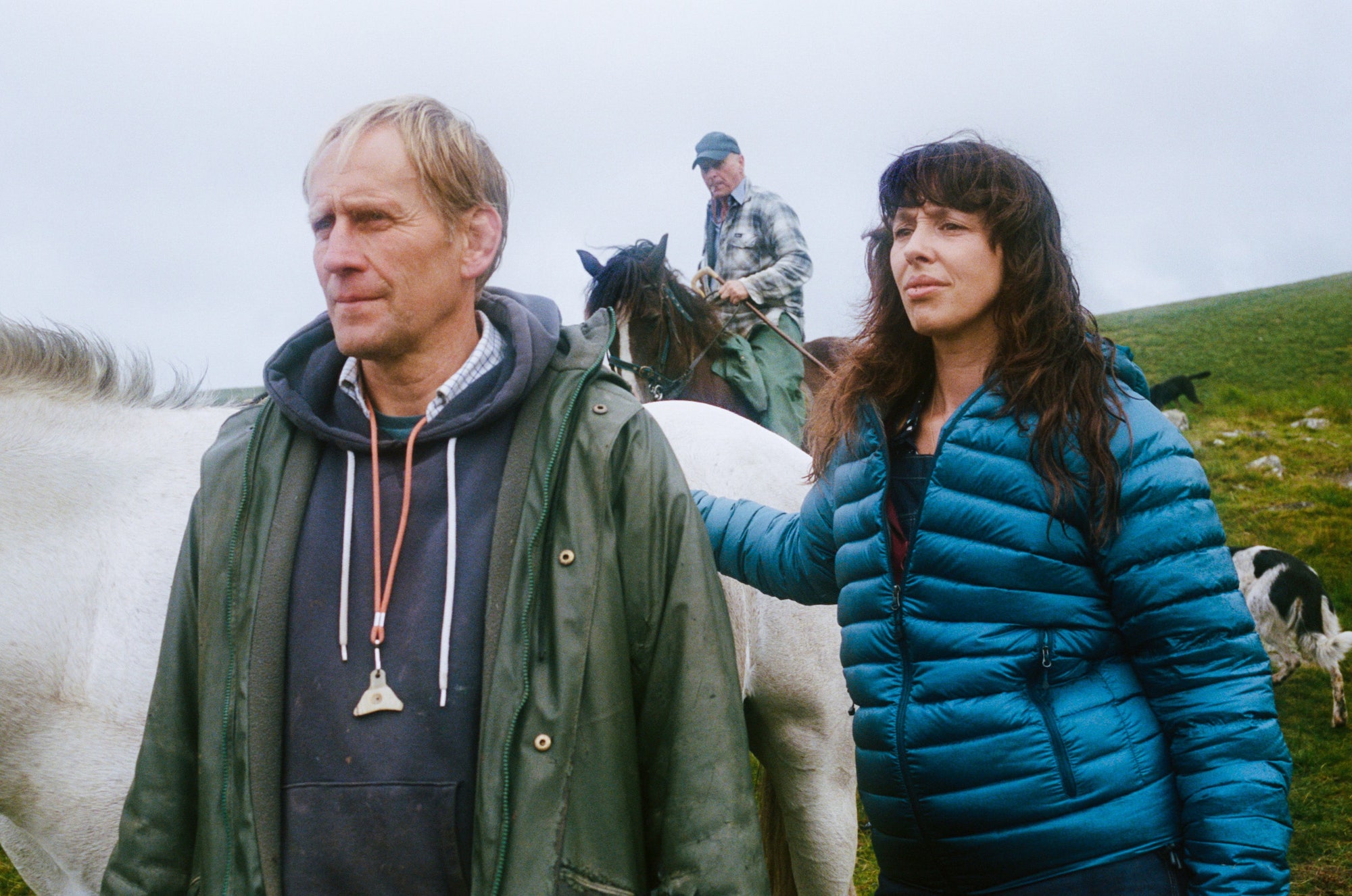
You worked with cinematographer Robbie Ryan, who is known for films such as I, Daniel Blake and Marriage Story. What was it like working with him?
I really enjoyed working with Robbie. It was so fluid working with him. We were able to film completely handheld on the hills. He was able to shoot in a way that was very poetic. There are a lot of moments in the film where you go into the main character’s head. That sort of switch is quite subtle and not always straightforward when you’re in a real environment with non-actors. He created it with powerful and lyrical framing of images. I found it really freeing to be able to work with him, as it meant we could be very flexible with all the non-actors in the community.
We were able to film completely handheld on the hills.
You have worked as a cinematographer before. What was it like working with someone else in that role?
It was a really great experience especially as it was my first fiction film as a director. At one point, I was talking with my producer about whether I should shoot it. That was a question because there were so many non-actors I had to work with very closely. In the end, I just felt I wouldn’t be able to split my time properly so I think it was the right decision for this project.

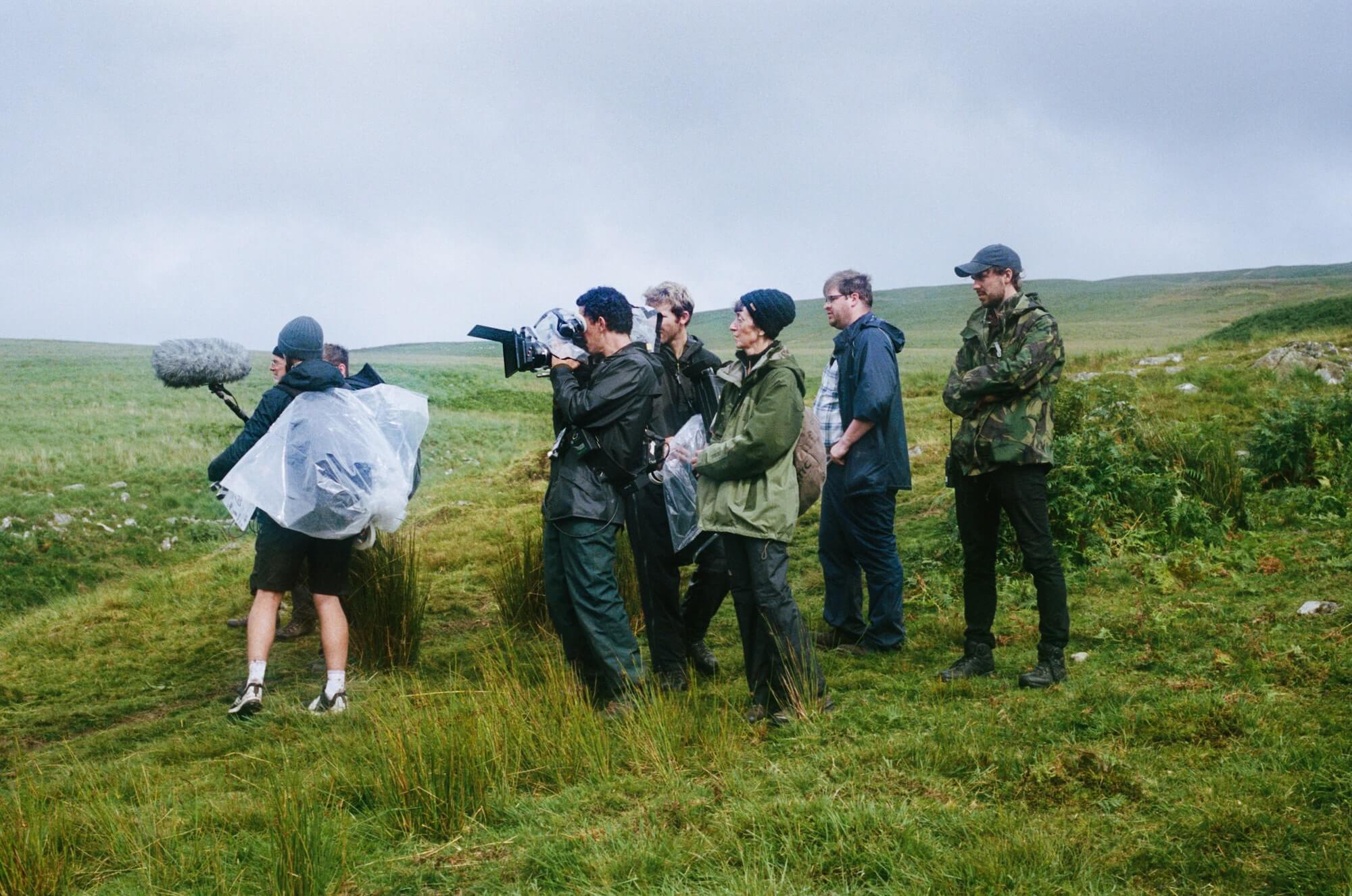
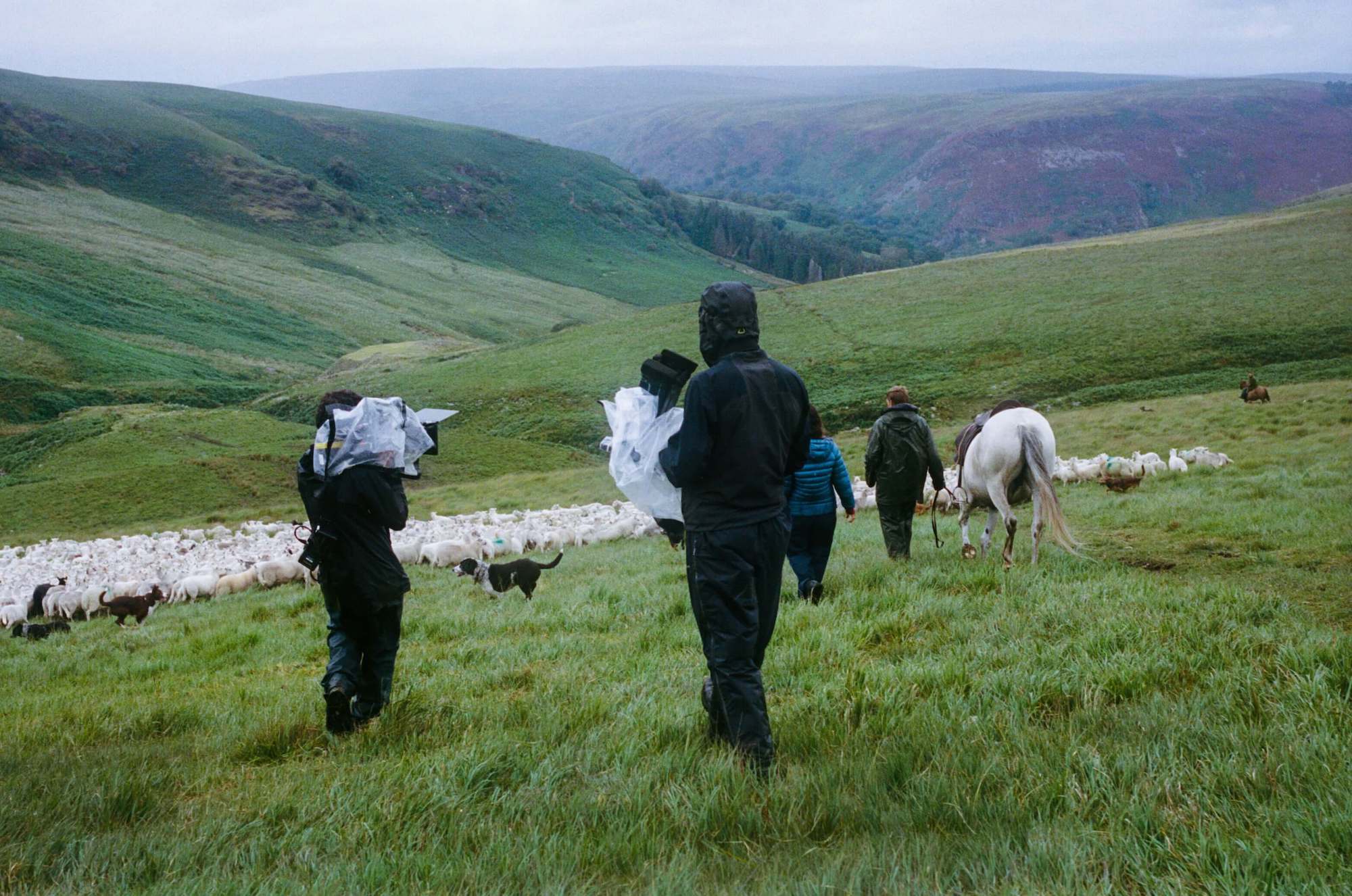
The 16mm really captures the beauty of the countryside. Tell me about that choice!
I love shooting on film. I really wanted to shoot on film and Robbie was really keen too. It’s such an extraordinary medium. We were shooting with available light a lot, and it really brought out the complexities of the landscape and added a lot of richness and texture.
At times it even looks like a Western. Did you have any references for the look of the film?
I’m not sure I had references for our most complex scene, a real sheep herding on horseback. I’d already photographed it in several different locations for my other project and knew how I wanted to shoot it. But in fact, the main parts of the film are where Ruth connects with smaller areas of the landscape, where she’s losing or displacing the pain in her life. I wanted the images to carry her inner state in those moments.
I’m inspired by filmmakers using that sort of poetic imagery: Lynne Ramsay, Debra Granik and Andrea Arnold. I also had loose photo references by Saul Leiter, David Lynch and Francesca Woodman for the city, as well as Christopher Anderson and Sally Mann for the hill. The city is locked off, cooler, more disjointed. The hill is open, warmer, more fluid.
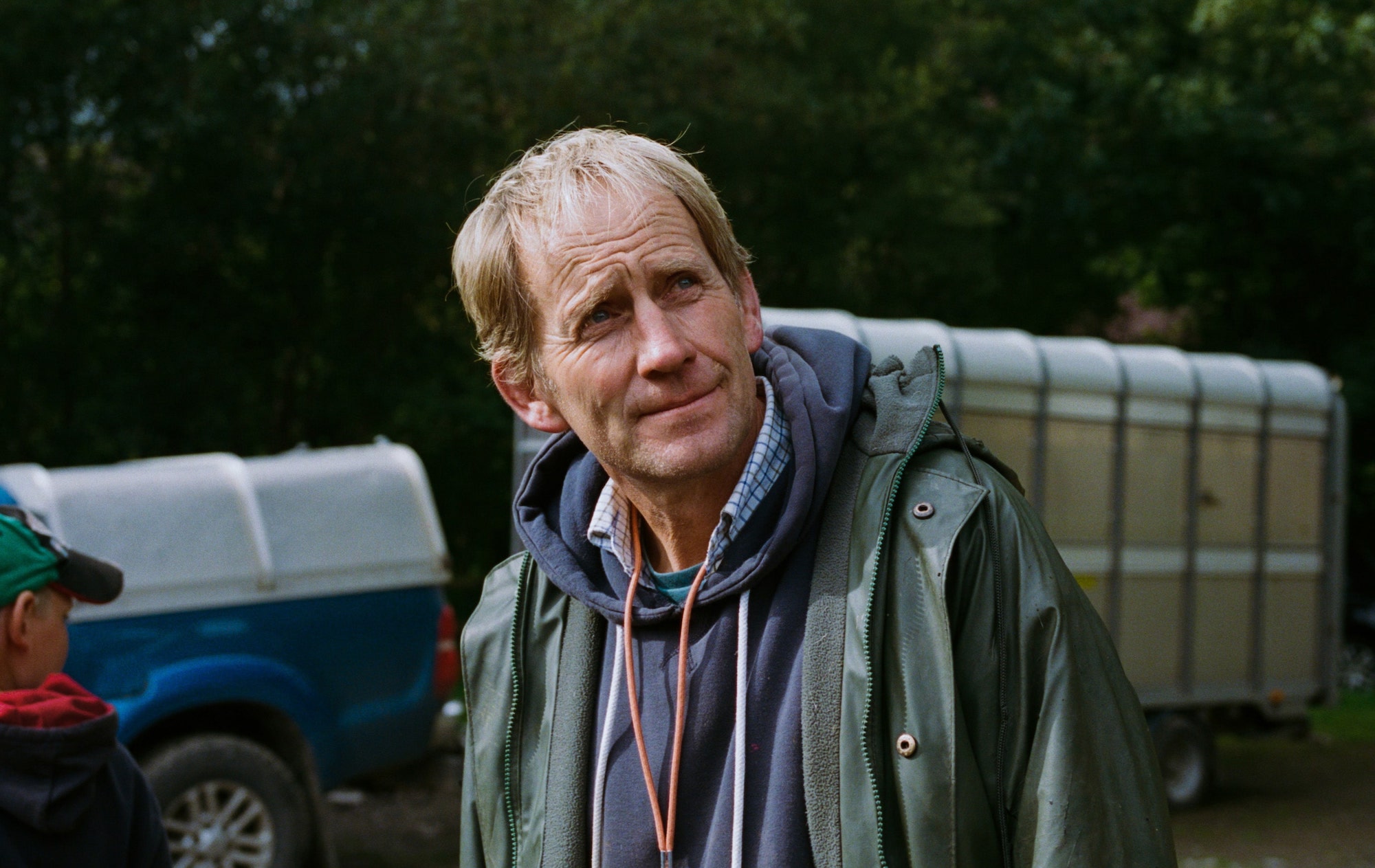
Staying was produced by Ken Loach’s Sixteen Films, how did that help shape the film?
The brilliant part of working with Sixteen Films and my producer there, Jack Thomas-O’Brien, is that they have so much experience of working with non-actors in a fictional world. They have a good understanding of working in that mode in the least disruptive way for people who have never acted or been in a film before. That really helped the authenticity of the performances.
I wanted the images to carry her inner state in those moments.
And you have Mick the Dog playing the dog in the film. Border Collies are the most intelligent dogs, was it much of a challenge directing him?
He’s such a star. He is incredible. He taught himself really well when we were filming as he understood to start again from the beginning. He is a working sheepdog trained by Steve Lewis, whose farm we were using, and who was working with him directly. Mick also had a great connection with Lisa Jên which was really lucky.
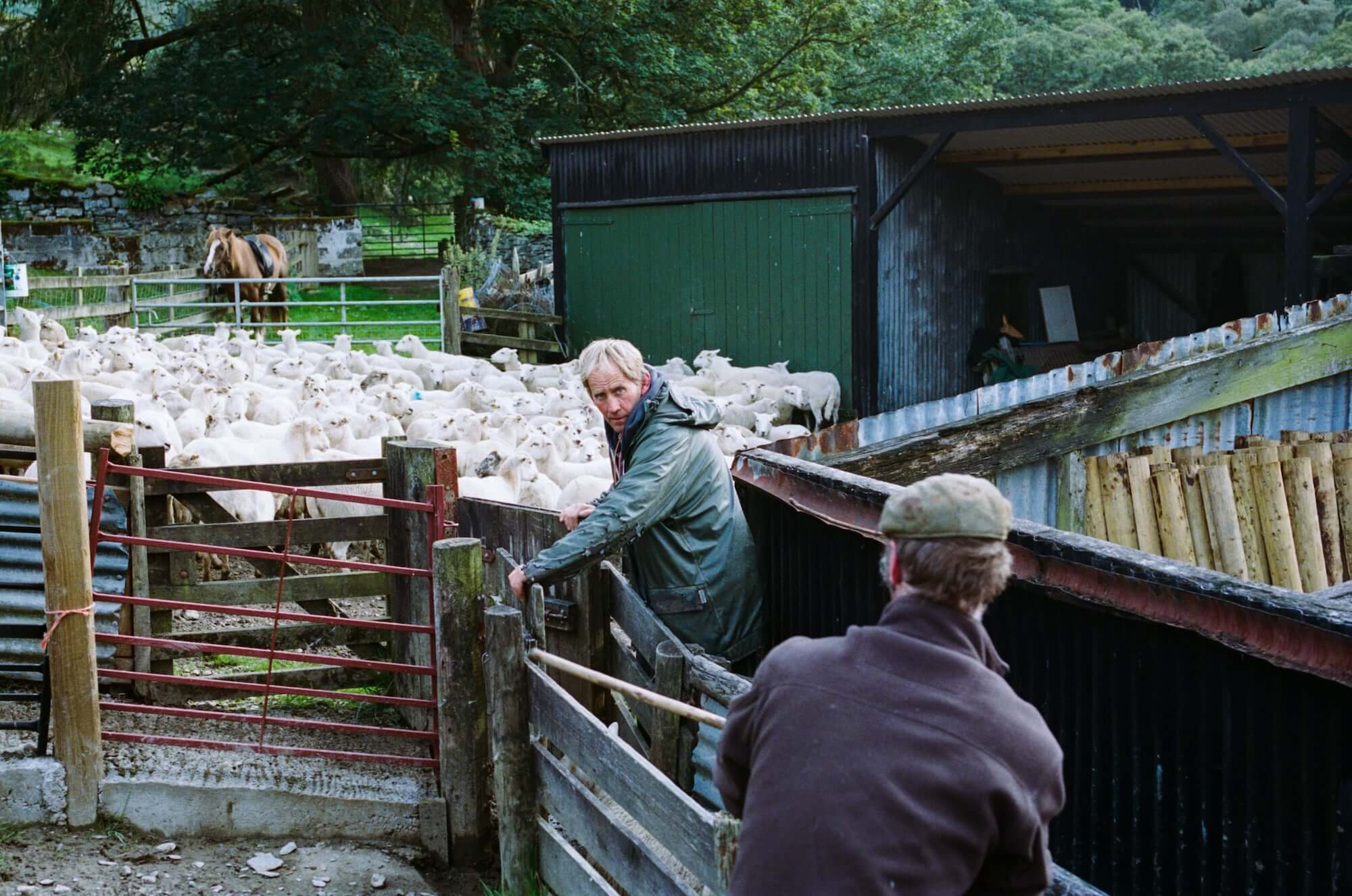
What will we see from you next?
I have a new film that just played at the Edinburgh Film Festival it’s called Allowed and is a poetic short that uses 3D animation of my lockdown photos of wild urban growth. I’m currently working towards my first feature, but there’s not much more that I can say right now. I’ve also just had my photography exhibition, called Green Dark. But I would also like to go back and screen the film for the community because we couldn’t do that due to Covid.


